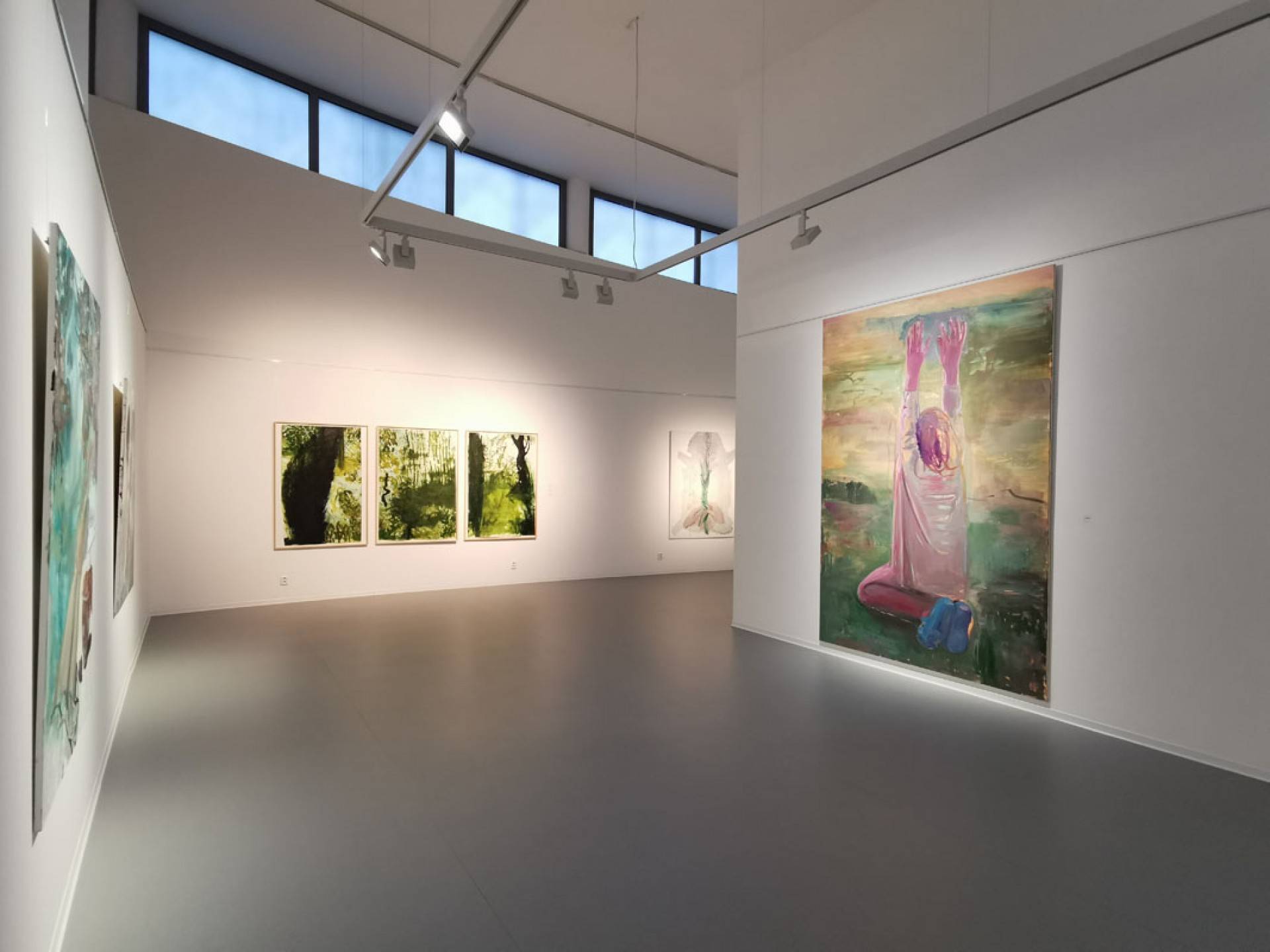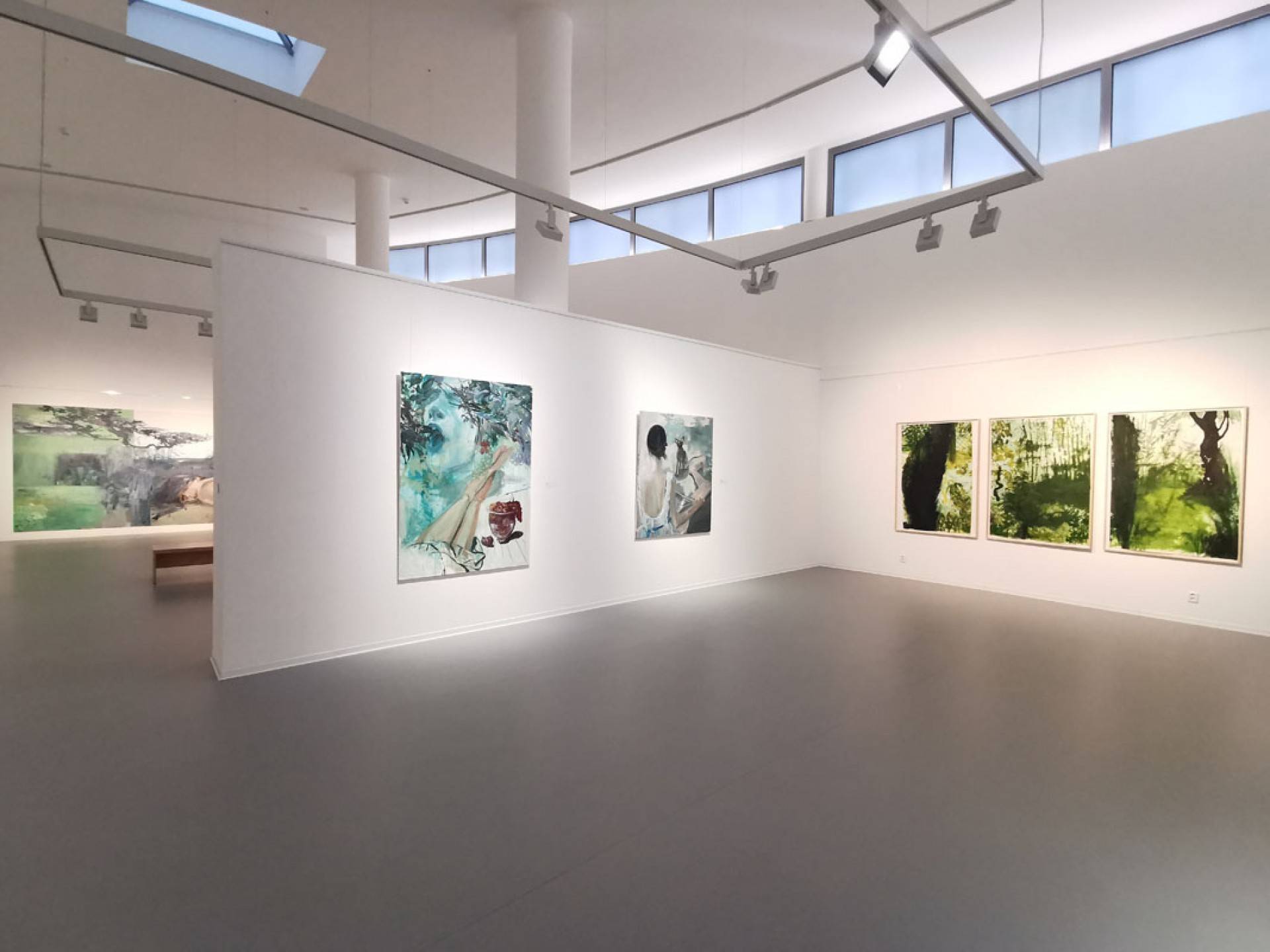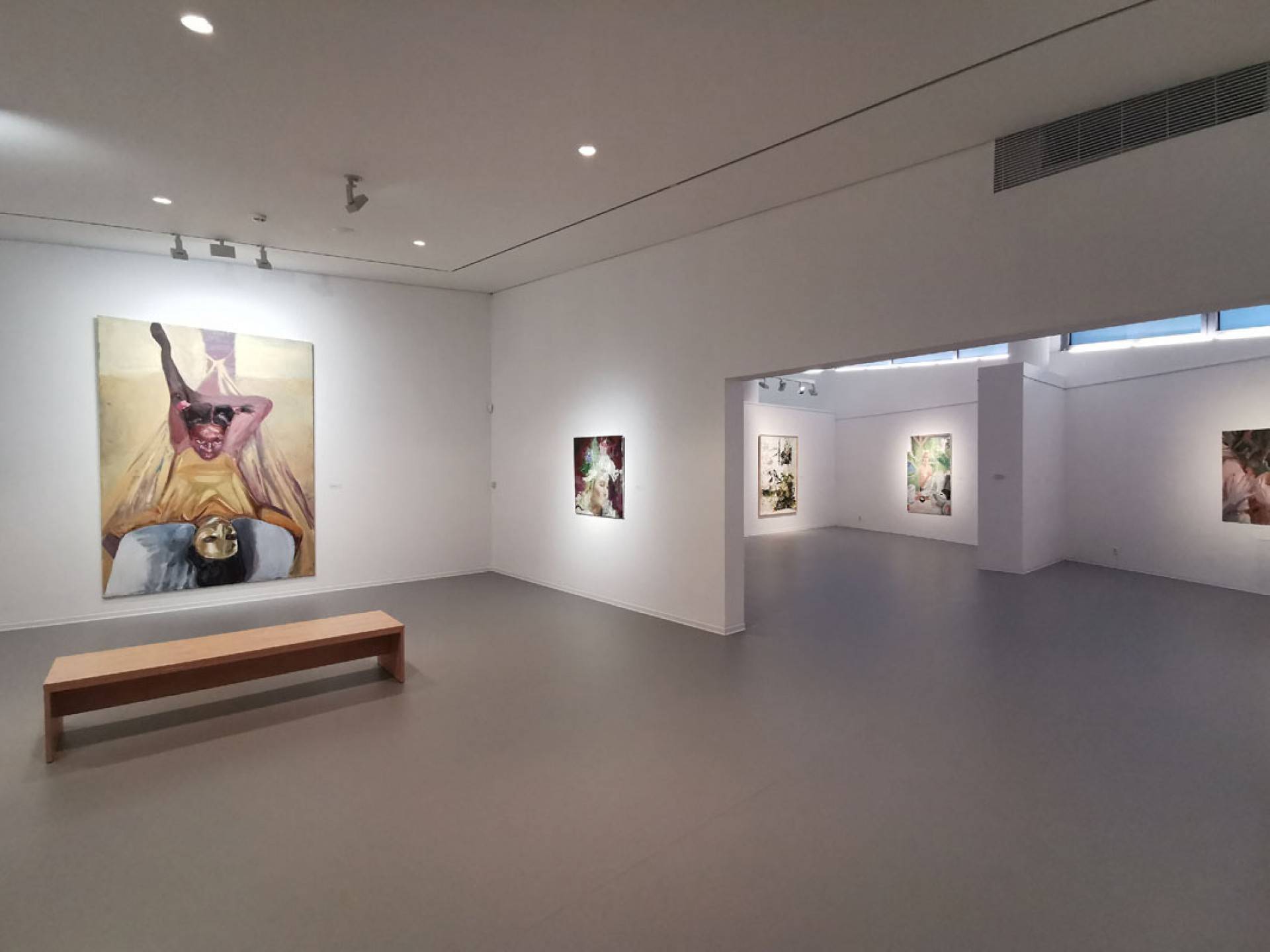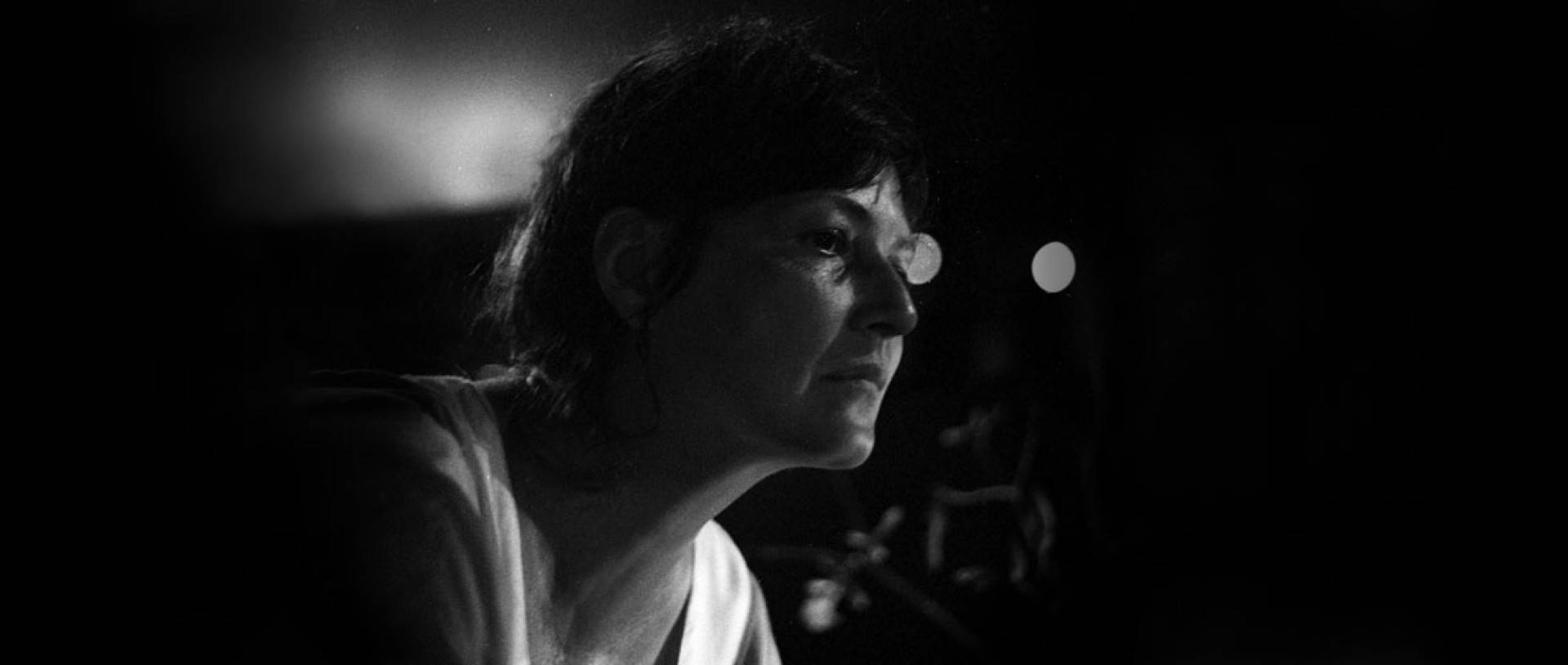

The name of the exhibition Hortus conclusus is taken from Christian mysticism where an “enclosed garden” was a Marian symbol of equilibrium and intimacy. It is perceived as a place of contemplation whose parallels can be seen in Eastern cultures as well. The garden is a meditation space and a tusculum, an organized pleasant place of spiritual wellness and the resulting experience when man tasted the fruit of tree of the knowledge of good and evil in order to achieve purity and protect himself from the chaos of the outside world. It can be a platform of connection of physical and metaphysical in which an individual can find order. The author lives in such a garden of her own principles and also gives a fascinating artistic testimony.
Jana Farmanová is one of the greatest Slovak artists. For her, working with traditional painting has always been a challenge to develop techniques in a seemingly outdated medium. Her intense, psychologically motivated works portray various topics while logically referring to the present, art history and pop culture via real depictions, symbols and signs. Everything in her presentation is connected in a firm unity – an enclosed garden – through which she passes, inspired by life and her closest environment. Recently, she has been nostalgically exploring motives of natural human ageing in symbiosis with the nature. Many compositions reflect family and love as well as her numerous travels abroad. Farmanová is a fundamental colourist and focuses on expression of light and colour. In this aspect, she is very close to other, mainly foreign authors who are now renowned authorities of classic painting.
The artist dedicates great attention to processes between inspiration and the final painting. Her works manifest a complex and thorough research of the mutual relationship between the painter’s gestures and the theme, between the audience and the work. Her works also include melancholic knowledge of loss and loneliness which is present on many canvases. She shows a characteristic interest in many emotions atypical for painting, usually created for example by listening to music or watching a film. She then tries to reproduce these emotions for the audience, which is why it is possible to view her compositions as symphonies or film sequences. Farmanová tries to extract her ideas from visual stereotypes and provides an alternative by portraying them without any moral imperative. She depicts them as she feels them and how they have transformed during the creative process. This allows them to resonate not only in the universe of her own perception but also in the social structure. The exhibited canvases show a relation between the private and public experience. The author captures motives from her Eden which she uses to encourage various reading possibilities via many references. First and foremost, Farmanová looks for beauty which cannot be found on the surface of her dream-like compositions but in their content, which should enrich the audience by this emotion as well.
Adam Hnojil
Jana Farmanová (born 1970) is a Slovak contemporary figurative painter who has been called one of the most influential painters of contemporary Slovak and Czech art scene. Farmanová has been active in the visual arts since the late 1990s, after studying at Academy of Fine Arts and Design in Bratislava, Slovakia. Her work has been displayed at the Bratislava City Gallery in Bratislava, Nitra Gallery in Nitra, Slovakia, Wannieck Gallery of Modern Art in Brno, Czech Republic, Olomouc Museum of Art in Olomouc, Czech Republic, and the Sammlung Würth collection in Germany. In 2012 Slovart publishing house and Krokus Gallery published the monograph of Farmanová's artwork, with text by Czech art-historian Petr Vaňous, author Eva Borušovičová and poet Mila Haugová.
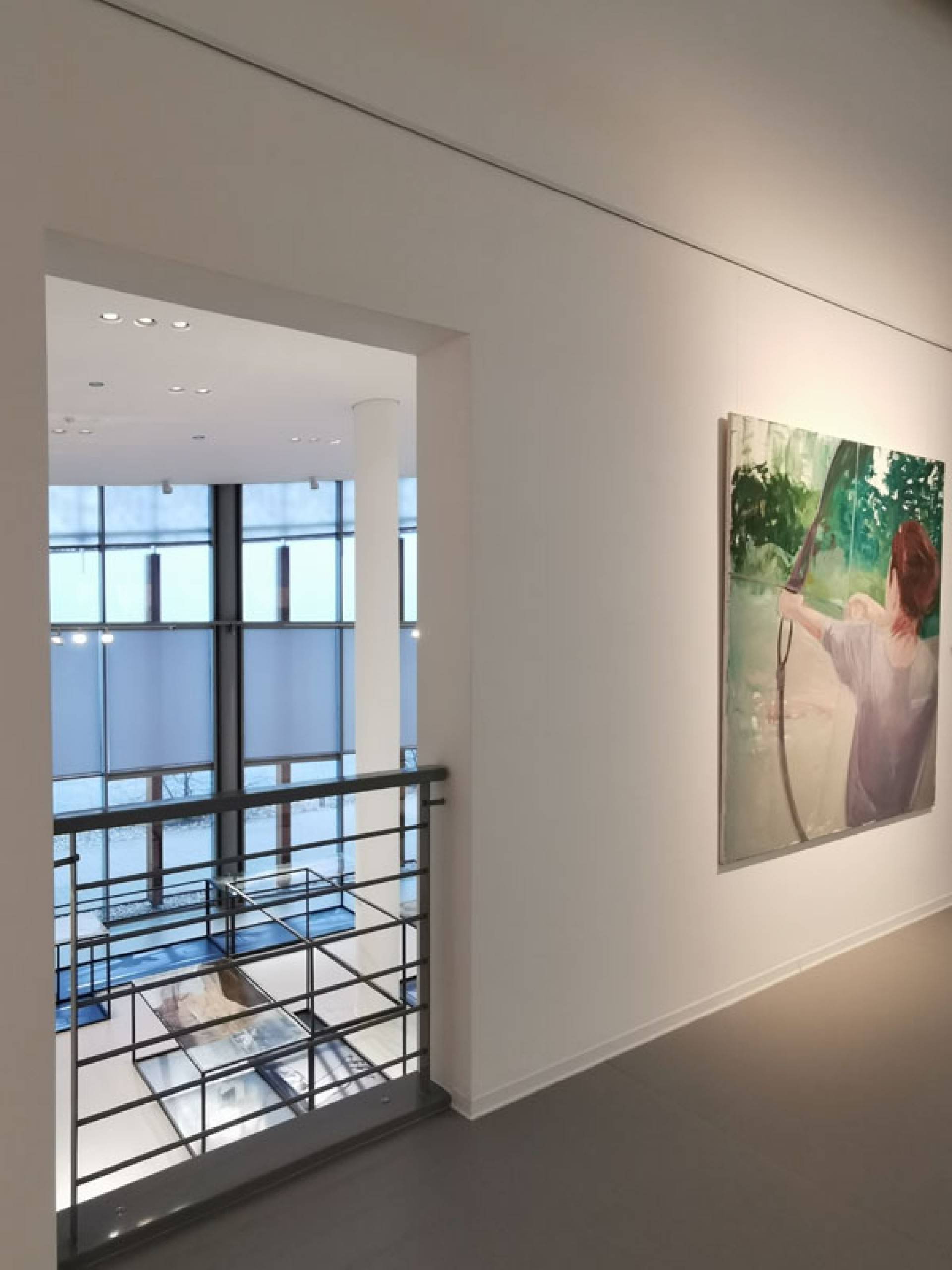
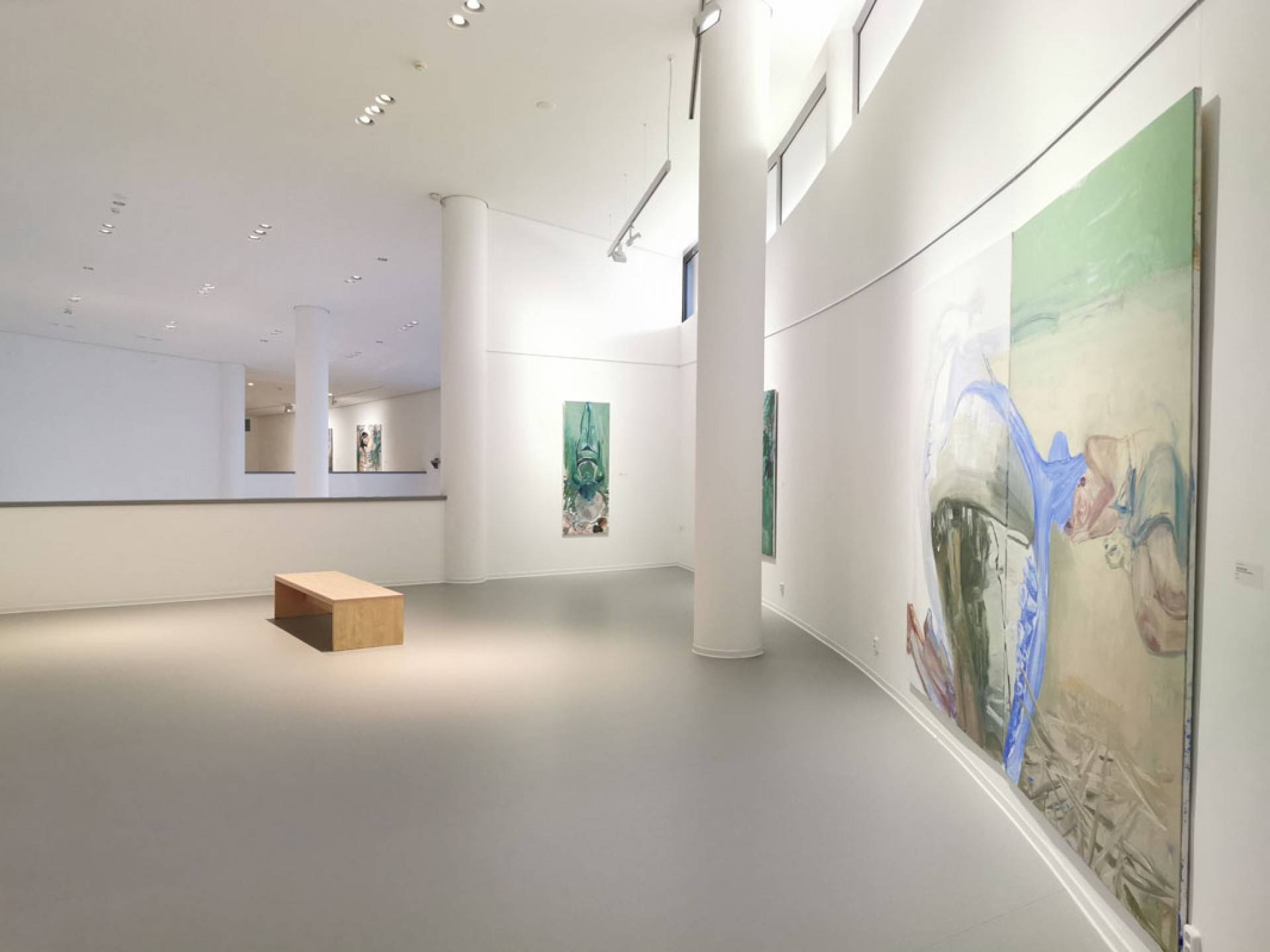
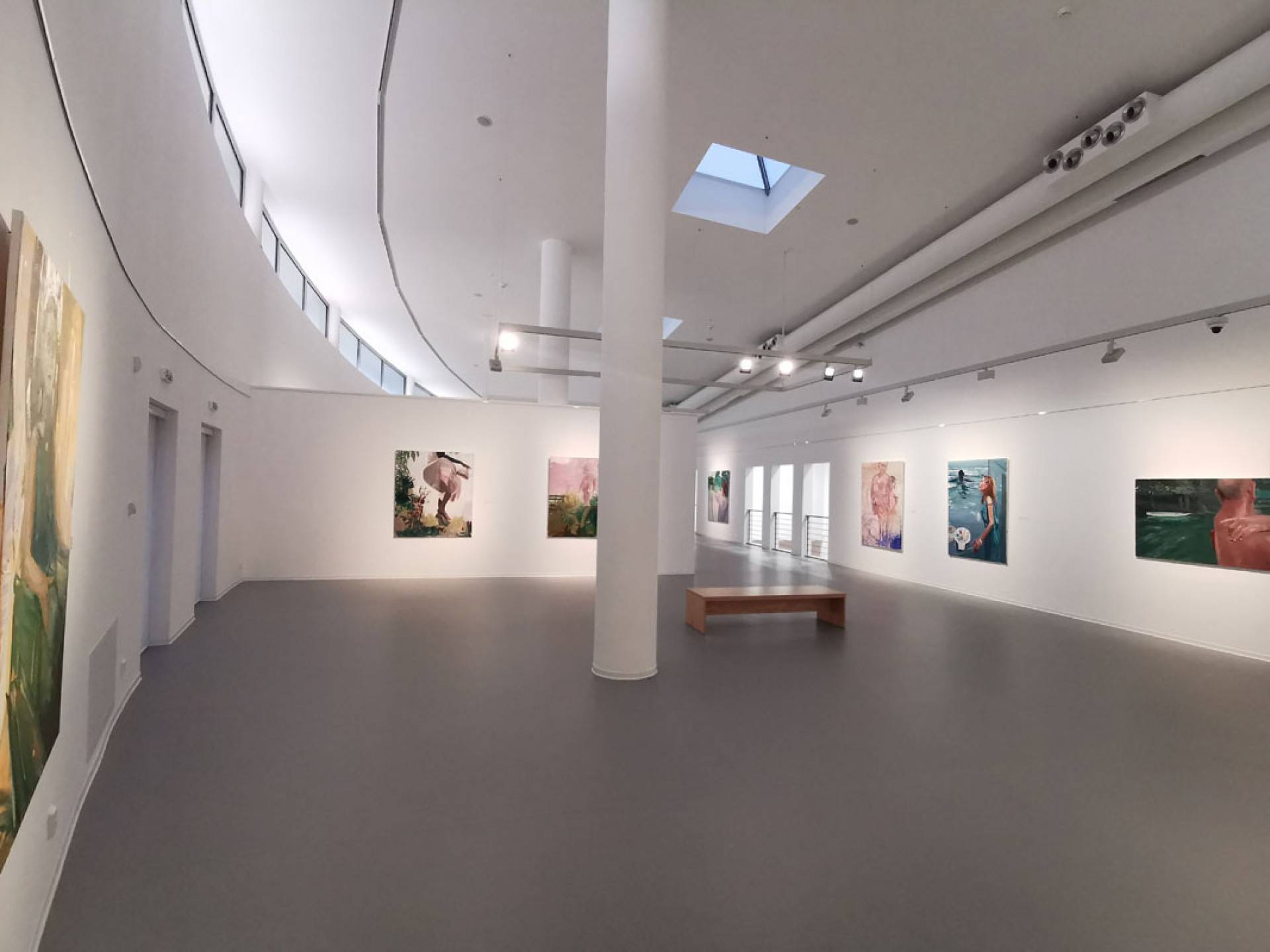
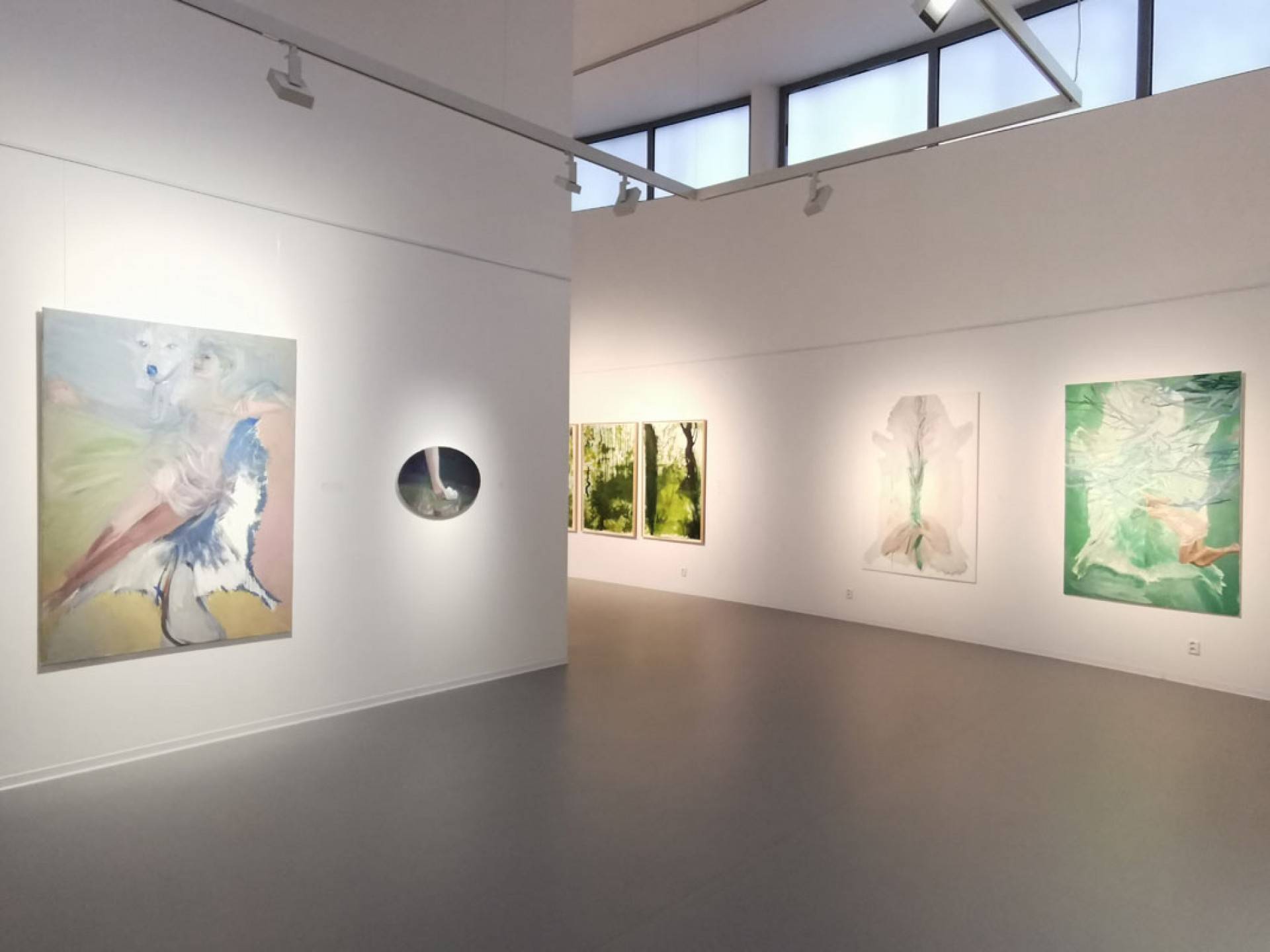
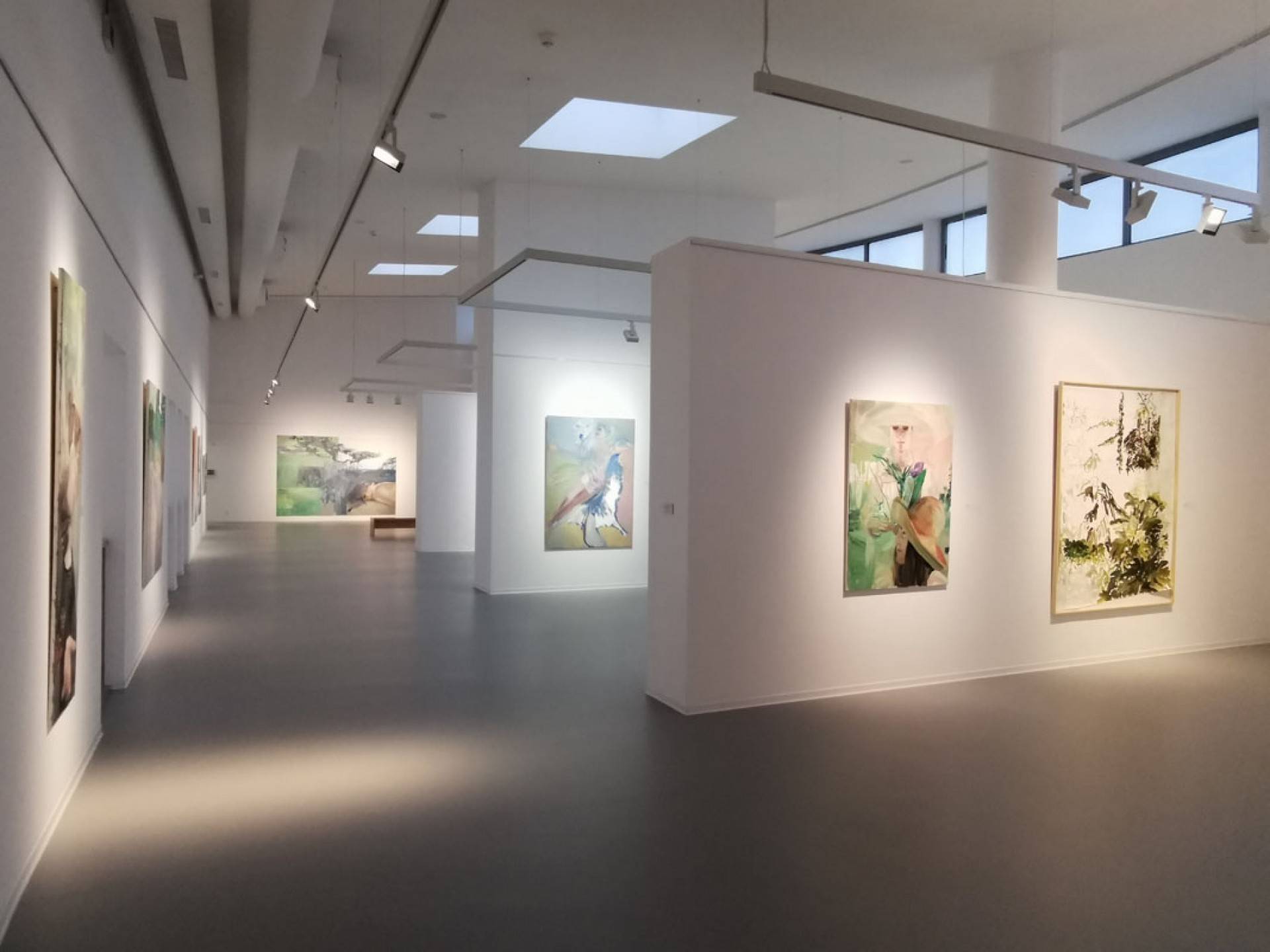

.jpg-697402234.jpg)
